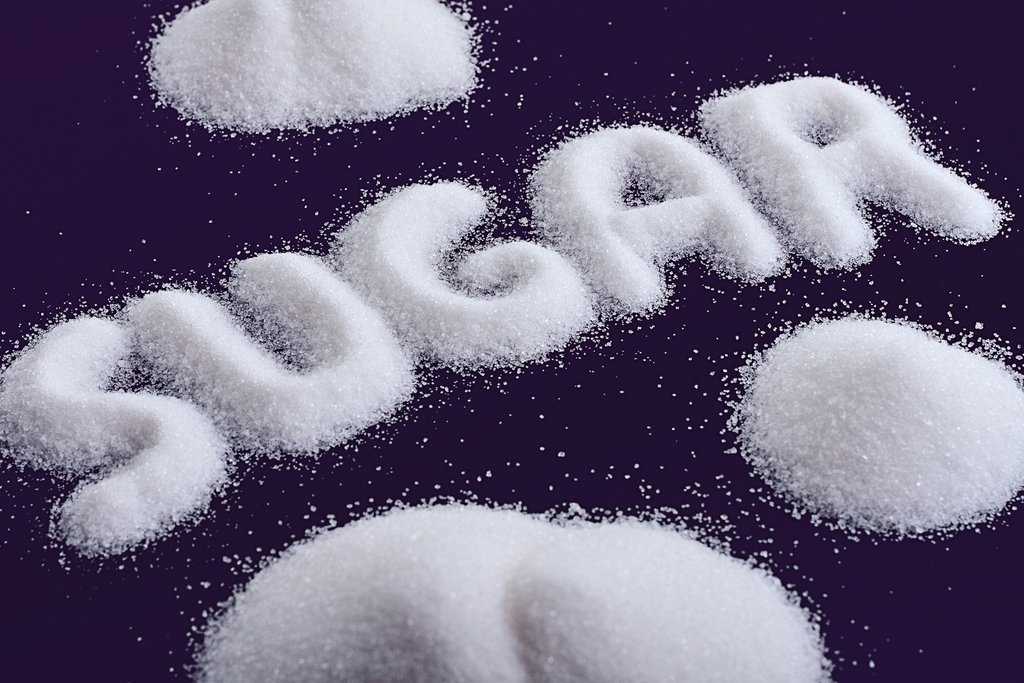
As well as creating weight problems, too much sugar causes energy spikes and has been linked to diabetes, depression, and even an increase in suicidal behaviour’s in young people. Reducing the amount of sweets and desserts you eat is only part of the solution as sugar is also hidden in foods such as bread, cereals, canned soups and vegetables, pasta sauce, margarine, instant mashed potatoes, frozen dinners, low-fat meals, fast food, and ketchup. It all adds up to a lot of empty calories since your body gets all it needs from sugar naturally occurring in food.
Sodium is another ingredient that is frequently added to food to improve taste, even though your body needs less than one gram of sodium a day (about half a teaspoon of table salt). Eating too much salt can cause high blood pressure and lead to an increased risk of stroke, heart disease, kidney disease, memory loss, and erectile dysfunction. It may also worsen symptoms of bipolar disorder.
How sugar is hidden in food labels
Do some detective work
Spotting added sugar on food labels can require some sleuthing. Manufacturers are required to provide the total amount of sugar in a serving but do not have to spell out how much of this sugar has been added and how much is naturally in the food. Added sugars must be included on the ingredients list, which is presented in descending order by weight. The trick is deciphering which ingredients are added sugars. They come in a variety of guises. Aside from the obvious ones—sugar, honey, molasses—added sugar can appear as agave nectar, cane crystals, corn sweetener, crystalline fructose, dextrose, evaporated cane juice, fructose, high-fructose corn syrup, invert sugar, lactose, maltose, malt syrup, and more.
A wise approach is to avoid products that have any of these added sugars at or near the top of the list of ingredients—or ones that have several different types of sugar scattered throughout the list. If a product is chock-full of sugar, you would expect to see “sugar” listed first, or maybe second. But food makers can fudge the list by adding sweeteners that aren’t technically called sugar. The trick is that each sweetener is listed separately. The contribution of each added sugar may be small enough that it shows up fourth, fifth, or even further down the list. But add them up and you can get a surprising dose of added sugar.
Let’s take as an example a popular oat-based cereal with almonds whose package boasts that it is “great tasting,” “heart healthy” and “whole grain guaranteed.” Here’s the list of ingredients:
Whole-grain oats, whole-grain wheat, brown sugar, almond pieces, sugar, crisp oats,* corn syrup, barley malt extract, potassium citrate, toasted oats,* salt, malt syrup, wheat bits,* honey, and cinnamon.
*contain sugar, high-fructose corn syrup, honey, and/or brown sugar molasses.
Combine brown sugar, sugar, corn syrup, barley malt extract, high-fructose corn syrup, honey, brown sugar molasses, and malt syrup, and they add up to a hefty dose of empty calories—more than one-quarter (27%) of this cereal is added sugar, which you might not guess from scanning the ingredient list. This type of calculation can be especially tricky in breakfast cereals, where most of the sugars are added.
Adapted with permission from Reducing Sugar and Salt, a special health report published by Harvard Health Publications.
Tips for cutting down on sugar and salt
Slowly reduce the sugar and salt in your diet a little at a time to give your taste buds time to adjust and wean yourself off the craving.
Avoid processed or packaged foods like canned soups, frozen dinners, or low-fat meals that often contain hidden sugar and sodium that quickly surpasses the recommended limit. Prepare more meals at home and use fresh or frozen vegetables instead of canned vegetables.
Be careful when eating out. Most restaurant and fast food meals are loaded with sodium. Some offer lower-sodium choices or you can ask for your meal to be made without salt. Most gravy, dressings and sauces are also packed with salt and sugar, so ask for it to be served on the side.
Eat healthier snacks. Buy unsalted nuts and add a little of your own salt until your taste buds are accustomed to eating them salt-free. Cut down on sweet snacks such as sweets, chocolate, and cakes. Instead, eat naturally sweet food such as fruit, peppers, or natural peanut butter to satisfy your sweet tooth.
Check labels and choose reduced-sodium and low-sugar products.
Use herbs and spices such as garlic, curry powder, cayenne or black pepper to improve the flavour of meals instead of salt.
Avoid sugary drinks. Try drinking sparkling water with a splash of fruit juice instead.